Benzalkonium chloride
Synonym(s):Alkylbenzyldimethylammonium chloride;Alkyldimethylbenzylammonium chloride
- CAS NO.:85409-22-9
- Molecular Weight: 0
- MDL number: MFCD00011771
- EINECS: 939-350-2
- SAFETY DATA SHEET (SDS)
- Update Date: 2024-12-18 14:08:52
What is Benzalkonium chloride?
Chemical properties
Benzethonium chloride appears as odorless white crystals or powder with a very bitter taste. A 1% solution in water is slightly alkaline to litmus.
The Uses of Benzalkonium chloride
Benzalkonium chloride is a highly concentrated quaternary ammonium antimicrobial used in a broad number of applications.
Benzalkonium chloride (BAK) is a common preservative used in ophthalmic medications and is the active ingredient in some skin disinfectants and hand sanitizers. BAK is known to be effective in killing bacteria and enveloped viruses. However, its activity against non-enveloped viruses is unknown.
Benzalkonium chloride (as Roccal or Zephiran) was found to inactivate influenza, measles, canine distemper, rabies, fowl laryngotracheitis, vaccinia, Semliki Forest, feline pneumonitis, meningopneumonitis, and herpes simplex viruses after 10 min of exposure at 30 C or at room temperature. Poliovirus and encephalomyocarditis virus were not inactivated under the same conditions.
Benzalkonium chloride is also used as a topical anti-infective in medicine as well as a germicide for cleansing food and dairy utensils, and as a controlling agent for swimming pool algae. It is also an additive in deodorants and hairdressing preparations.
Indications
Benzalkonium chloride is a quaternary ammonium detergent that treats grampositive and gram-negative organisms. Strains of Mycobacterium tuberculosis and Pseudomonas aeruginosa are often resistant. It is not effective against spore-forming organisms. It is nonirritating to mucous membranes and may be used near the eyes. Drawbacks include lack of sustained activity and ease of contamination of this antimicrobial. It is inactivated by anionic compounds such as soap. A 0.1% solution takes 7 minutes to decrease the bacterial count by 50%. All traces of soap must be removed with 70% alcohol before use.
Clinical Use
Benzalkonium chloride, a quaternary ammonium compound, is found as a preservative in contact lens cleaning solutions, soaps, and skin care products and is used as a disinfectant and impregnated on medical devices to prevent bacterial colonization. Localized Cou has been described to cutaneous contact with a toilet cleaner.Parenteral and mucosal exposure has been documented to result in a generalized urticaria, respiratory compromise, and anaphylaxis. It was used as a preservative in bronchodilator nebulizer solutions; however, it was proven to cause bronchoconstriction in some asthmatic patients and a call for its withdrawal from these products occurred in 2001.Whether these effects are related to an IgE-mediated mechanism has not been established.
Bernstein et al. describe a case of combined occupational asthma and localized and generalized Cou to contact with benzalkonium chloride in a toilet cleaner. They could not show benzalkonium chloride-specific IgE antibodies in the serum of this patient.
Benzalkonium chloride in nasal drops,eye drops,nebulizer solution,and a benzalkonium-coated central venous catheter have been documented to cause immediate generalized reactions and anaphylaxis.
Enzyme inhibitor
This cationic surface-active disinfectant and preservative (FWlauryl-homologue = 340.00 g/mol; CAS 8001-54-5; Soluble in Ethanol and Acetone), also named alkyldimethylbenzyl-ammonium chloride, refers to several cationic detergents that are widely used in various pharmaceutical preparations, including eye, ear, and nasal drops as well as leave-on antiseptics. (See also specific agent) Benzalkonium chloride has also been used in the isolation and purification of proteins and as an antimicrobial agent. Commercial sources typically contain a mixture of alkyl homologues, predominantly with a dodecyl (lauryl) side-chain. Standard concentrates are manufactured as 50% and 80% w/w solutions, and sold under trade names such as BC50, BC80, BAC50, and BAC80. Target (s) : acetylcholinesterase, esterase activity; butyrylcholinesterase, esterase activity (but activates the aryl acylamidase activity); trypsin; chymotrypsin; histamine release; G proteins ; serralysin; chitosanase.
Properties of Benzalkonium chloride
| Melting point: | 73°C |
| Boiling point: | 102℃ at 101.3kPa |
| Density | 0.96-929 at 20℃ |
| vapor pressure | 0.001-0.006Pa at 20-50℃ |
| Flash point: | >100°C |
| storage temp. | Store below +30°C. |
| solubility | Benzalkonium chloride is soluble in water (100 mg/ml), yielding a clear, colorless to faint yellow solution. It is also very soluble in alcohol and acetone, slightly soluble in benzene, and almost insoluble in ether.Solutions may be autoclaved or aseptically filtered. |
| PH | 5-8 (10g/l, H2O, 20°C) |
| CAS DataBase Reference | 85409-22-9 |
| EPA Substance Registry System | Quaternary ammonium compounds, benzyl-C12-14-alkyldimethyl, chlorides (85409-22-9) |
Safety information for Benzalkonium chloride
| Signal word | Danger |
Computed Descriptors for Benzalkonium chloride
Benzalkonium chloride manufacturer
New Products
(S)-3-Aminobutanenitrile hydrochloride 4-Methylphenylacetic acid N-Boc-D-alaninol N-BOC-D/L-ALANINOL Tert-butyl bis(2-chloroethyl)carbamate 3-Morpholino-1-(4-nitrophenyl)-5,6-dihydropyridin- 2(1H)-one Furan-2,5-Dicarboxylic Acid Tropic acid 1-Bromo-3,5-Di-Tert-Butylbenzene S-2-CHLORO PROPIONIC ACID ETHYL ISOCYANOACETATE 2-Bromo-1,3-Bis(Dimethylamino)Trimethinium Hexafluorophosphate 4-IODO BENZOIC ACID 3-NITRO-2-METHYL ANILINE 1-(2,4-DICHLOROPHENYL) ETHANAMINE (2-Hydroxyphenyl)acetonitrile 4-Bromopyrazole 2-(Cyanocyclohexyl)acetic acid 4-methoxy-3,5-dinitropyridine 1-(4-(aminomethyl)benzyl)urea hydrochloride 2-aminopropyl benzoate hydrochloride diethyl 2-(2-((tertbutoxycarbonyl)amino) ethyl)malonate tert-butyl 4- (ureidomethyl)benzylcarbamate Ethyl-2-chloro((4-methoxyphenyl)hydrazono)acetateRelated products of tetrahydrofuran


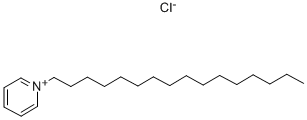
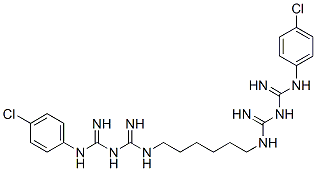
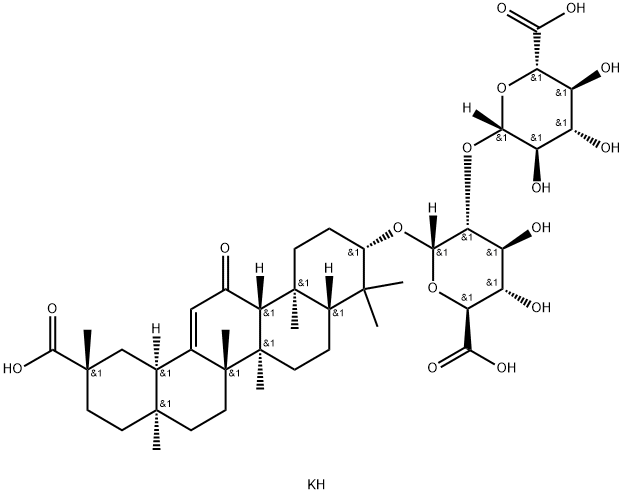
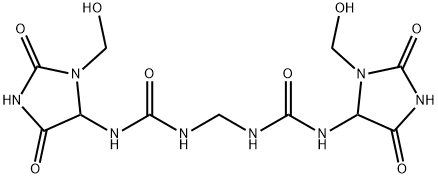

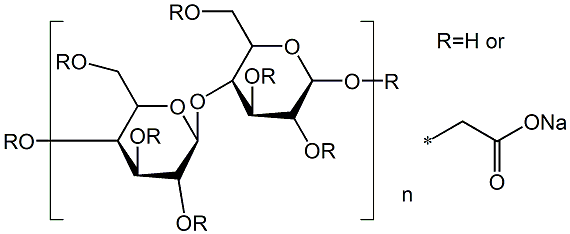
You may like
-
 N-Alkyl-N,N-dimethyl-N-benzylammonium chloride CAS 85409-22-9View Details
N-Alkyl-N,N-dimethyl-N-benzylammonium chloride CAS 85409-22-9View Details
85409-22-9 -
 2033-24-1 98%View Details
2033-24-1 98%View Details
2033-24-1 -
 1975-50-4 98%View Details
1975-50-4 98%View Details
1975-50-4 -
 2-HYDROXY BENZYL ALCOHOL 98%View Details
2-HYDROXY BENZYL ALCOHOL 98%View Details
90-01-7 -
 2-Chloro-1,3-Bis(Dimethylamino)Trimethinium Hexafluorophosphate 221615-75-4 98%View Details
2-Chloro-1,3-Bis(Dimethylamino)Trimethinium Hexafluorophosphate 221615-75-4 98%View Details
221615-75-4 -
 61397-56-6 CIS BROMO BENZOATE 98%View Details
61397-56-6 CIS BROMO BENZOATE 98%View Details
61397-56-6 -
 14714-50-2 (2-Hydroxyphenyl)acetonitrile 98+View Details
14714-50-2 (2-Hydroxyphenyl)acetonitrile 98+View Details
14714-50-2 -
 118753-70-1 98+View Details
118753-70-1 98+View Details
118753-70-1